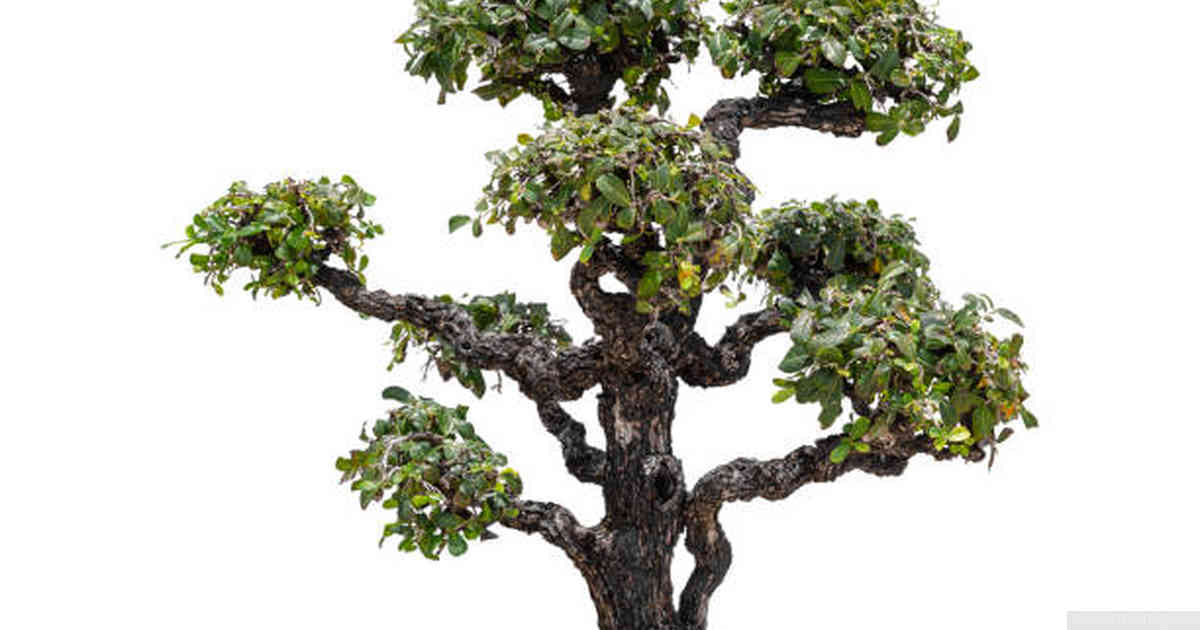
Training a bonsai involves several steps to achieve the desired shape and size. The most important step is pruning, which helps control the size of the tree and maintain its shape. Prune regularly with sharp shears or scissors, trimming off any shoots or branches that stray too far away from your desired design.
Contents:
- Understanding Bonsai: Exploring the Art of Growing Miniature Trees
- Essential Tools for Training a Bonsai: What You Need to Get Started
- Pruning Techniques: Shaping Your Bonsai Tree’s Growth
- Wiring Your Bonsai: Controlling Branch Direction and Shape
- Soil Mixes and Potting Strategies: Creating a Suitable Environment for Your Bonsai
- Watering and Fertilization: Maintaining Health and Vigor in Your Bonsai Tree
- Nurturing Your Mind, Body and Soul Through Cultivating a Bonsai Tree
Wiring is another technique used to manipulate branches into position. It requires specialized tools such as copper wire; wrap it around the branch in order to bend it into shape without damaging it. Use caution and observe proper techniques when using wiring so as not to harm your bonsai tree. Make sure to remove old wires after they have done their job since leaving them on for too long can lead to permanent damage of the branch or trunk due to cutting off circulation of sap within the plant material itself.
Repotting is essential for maintaining a healthy root system and providing adequate space for new growth. Repot once every one or two years depending on how quickly your bonsai grows; use soil specifically designed for bonsais mixed with organic matter such as bark chips or composted leaves that act like a sponge helping retain moisture yet drain well at same time. Follow these steps consistently over time and you’ll be able to successfully train your bonsai.
Understanding Bonsai: Exploring the Art of Growing Miniature Trees
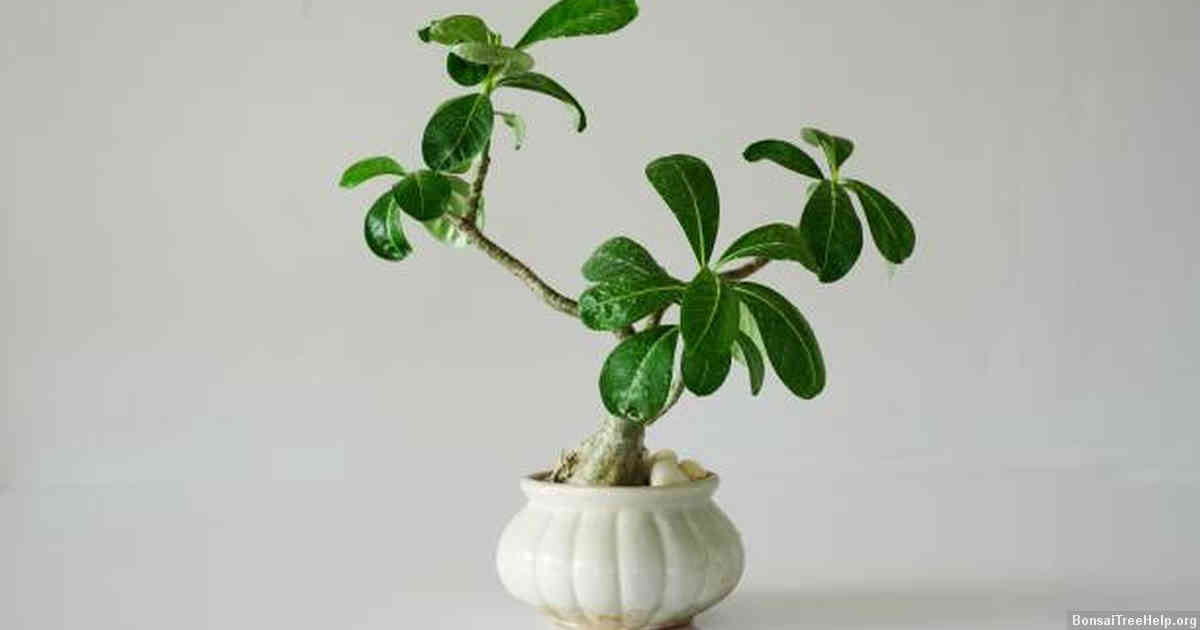
The art of growing bonsai is one that can be daunting to those unfamiliar with the hobby. Understanding the best techniques for training and caring for your miniature trees is key in order to successfully enjoy this relaxing pastime.
The first step when beginning a new bonsai tree is selecting a species that fits you, your lifestyle, and environment. Different types of trees require varying levels of light, nutrients, moisture, pruning and more – making some species better suited to particular individuals than others. Once you have chosen an appropriate type of tree, the learning process begins.
Pruning plays an integral role in bonsai development and must be carried out regularly; wiring also helps shape each branch individually without harming the tree’s health or compromising its vigour. Each procedure should be employed thoughtfully as there are various degrees of severity which need to be taken into account depending on the variety of plant being cultivated as well as factors like soil quality and temperature control. Watering correctly helps sustain healthy growth by preventing dehydration while specific fertilizer applications help ensure optimal nutrition uptake over extended periods.
With practice comes progress – so don’t expect immediate results. Gaining confidence takes time; however long it takes – do not give up! By building your understanding through trial and error you will soon get a handle on mastering the art of cultivating beautiful miniature trees in no time at all.
Essential Tools for Training a Bonsai: What You Need to Get Started
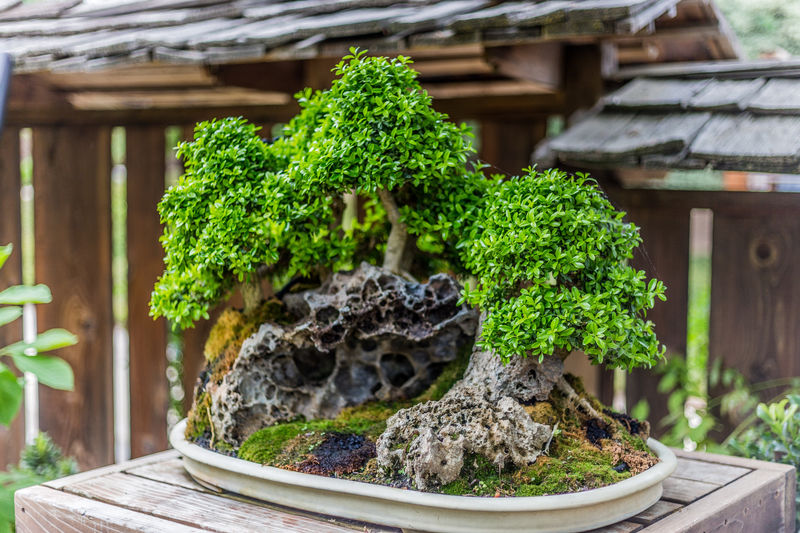
When it comes to creating an exquisite bonsai, the right tools are essential for achieving the perfect shape and ensuring your tree’s health. Achieving the desired style takes time and precision, which is why all aspiring bonsai-ers must have certain items in their arsenal of supplies. Here are some of the basics that you will need:
A pair of sharp scissors or clippers is a must-have item when shaping your bonsai tree. Choose ones specifically designed for this purpose as they have extra long blades that help with making neat cuts and can reach tight spaces around branches and trunks much better than regular scissors or shears. Depending on how small you want your miniature trees to be, investing in tweezers can also be helpful if you plan to work on finer details such as leaves or fruit buds.
Pruning saws come in handy when tackling larger sections of boughs or roots as these give cleaner cuts since they’re built with sharper points than general pruning tools found at most home improvement stores. The same logic applies for root cutters; specially designed versions will get through harder wood much more efficiently than regular garden pruners. If done properly, there should be minimal damage done to the bark which helps retain healthier roots over time. But not least, wiring provides structure when training young branches into shape and produces quite dramatic effects over time with very little effort from your part. Buy quality copper wire from reputable sources so it doesn’t snap when being applied – ideally it should fit like a glove without hurting any portions of your tree’s anatomy. If done correctly this could easily become one of your best allies for forming beautiful shapes out of living material!
Pruning Techniques: Shaping Your Bonsai Tree’s Growth

Pruning is an essential part of training a bonsai tree and helps to shape the direction in which it grows. The primary goal in pruning is to establish strong branches with good structure, so that the tree can be trained into its desired form. When performed correctly, pruning promotes healthy growth and improves the overall look of your bonsai.
The most important factor when pruning a bonsai tree is timing; it should be done only at certain times throughout the year when your tree has enough energy stored away for new growth and branching. Certain methods like “pinching” are best done during mid-spring while heavy pruning or cutting back should usually take place during late winter before buds appear on your tree’s branch tips. This ensures that vigorous growth has time to develop before summer temperatures slow down photosynthesis.
When trimming leaves, strive to create an even balance between leaf area and foliage density around each branch tip as this will give your bonsai a pleasingly rounded aesthetic without sacrificing much of its capacity for photosynthesis. Cut shoots off at various angles leaving one side longer than the other–this creates depth which would not be possible with straight cuts alone and will help you achieve more interesting forms with your bonsai’s branching structure. With practice, you’ll become familiar with how much foliage looks proportional and natural for any particular variety of bonsai you may have chosen to cultivate.
Wiring Your Bonsai: Controlling Branch Direction and Shape
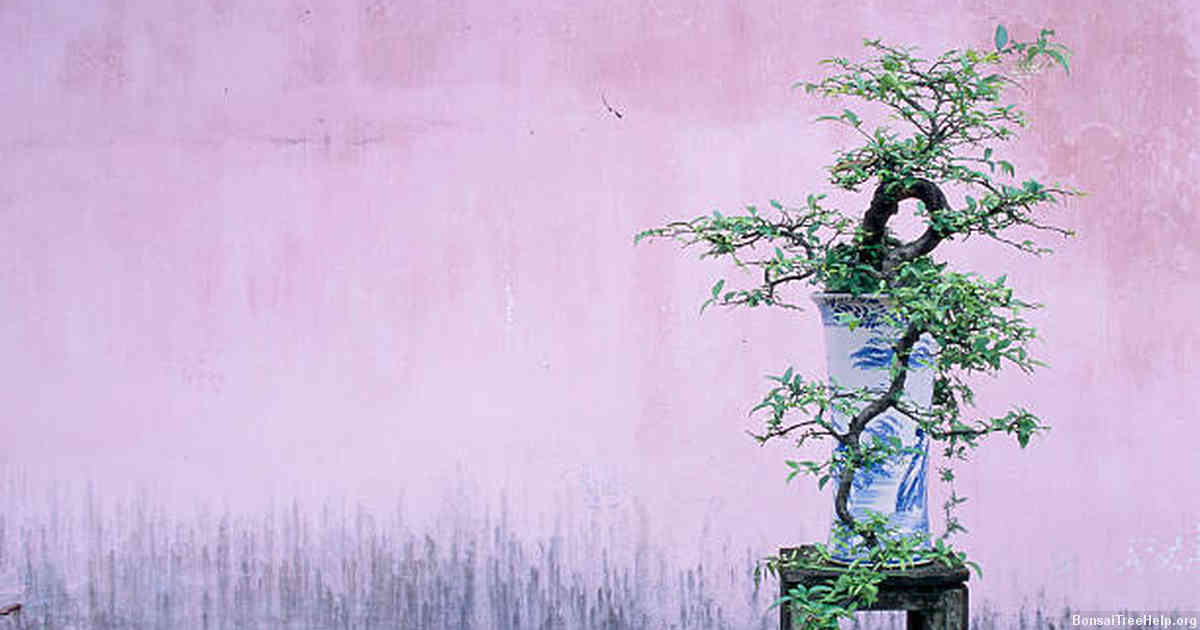
One of the most crucial steps in cultivating a bonsai is wiring. This technique uses thin annealed copper or aluminum wires to shape and train branches into desired positions. Wiring can also help with controlling branch direction, allowing for a wide range of creative possibilities. In addition to structural aesthetics, wiring promotes better sap circulation which can further enhance your bonsai’s health over time.
When it comes to the technical process of wiring your bonsai, there are certain guidelines that should be followed. Always use wires that are suited for the age and size of your tree; using too large of a wire may cause severe damage by cutting off the tree’s bark while using too small may be ineffective at holding up its branches. Use only soft materials when fastening down wiring; this includes specialized clips as well as foam pads or rubber wraps – all intended to protect your tree’s delicate bark from being scraped off due to increased pressure. Never leave any wire on longer than six months so you don’t risk damaging new growth emerging from underneath them.
It is recommended that one starts with smaller branches first before trying their hands on bigger ones as finer details will require more precise manipulation and control. With regular practice and care taken not to cut off the trees’ circulation completely, anyone can master the artful technique of wiring their own unique bonsai creations.
Soil Mixes and Potting Strategies: Creating a Suitable Environment for Your Bonsai

The growth of a bonsai tree is largely dependent on its environment and the potting strategies chosen to sustain it. When starting out with a new plant, most people opt for buying soil mix from a garden centre or store, however this may not always provide ideal growing conditions. A custom tailored soil mix made at home is often the best option – this allows you to precisely balance drainage, humidity and texture to create the optimal growing situation for your bonsai tree.
When preparing an appropriate soil mixture at home, aim to achieve high moisture retention while also ensuring adequate draining capabilities: clay particles should be mixed with organic matter such as peat moss or leaf mould in order to ensure drainage without compromising water retention properties. For additional aeration, perlite can be added which will aid in providing oxygen for healthy root growth; however it should not exceed around 10% of the overall mixture.
Before you pot up your bonsai into its permanent container, consider its size carefully. The depth of the container should enable good root development – generally speaking larger trees require deeper pots than their smaller counterparts – but always account for adequate drainage holes before filling with soils and composts mixtures. If possible use ceramic containers as these are much more porous than plastic ones thus allowing better air flow and breathability; other materials such as glazed terracotta would also serve just as well in creating an ideally suitable environment where roots can breathe freely and thrive over time.
Watering and Fertilization: Maintaining Health and Vigor in Your Bonsai Tree
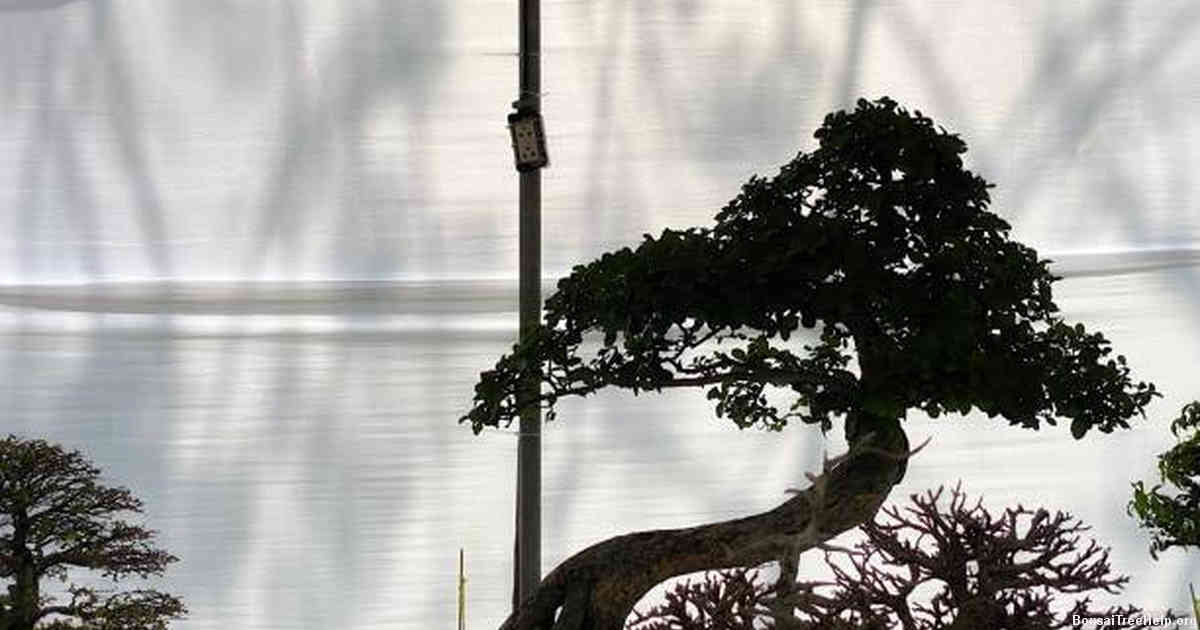
Watering and fertilization play an important role in maintaining the health and vigor of your bonsai tree. Bonsais require a carefully monitored amount of water since they are grown in limited soil or substrate, making them vulnerable to over or under-watering. To ensure your bonsai remains healthy, you should check the moisture level of the soil at least every other day by touching it with your finger – if it is dry 1 inch below its surface, then it is time for watering. One way to control how much water you give your bonsai is to use drip irrigation systems that slowly deliver water throughout the day; this will also help reduce daily maintenance time compared to hand-watering.
For effective fertilization of your bonsai tree, knowing what type of fertilizer works best for particular trees can be tricky due to their wide diversity in nutritional needs. An easy way to determine which kind would work best for specific plants is looking up the species’ requirements online or asking a local nursery professional. Generally speaking, fertilizer should be applied no more than once a month during the spring and summer months when growth rate is highest – however, some bonsais may only require one dose per year depending on variety and location; for example tropical species need frequent application but conifers can go without nutrients longer than other varieties as they typically grow slower and have less nutrient demanding roots systems. Never exceed manufacturer instructions as you could run into problems like leaf yellowing or root rot from too much fertilizer – start low and gradually increase dosage until optimal nutrition levels are achieved.
Nurturing Your Mind, Body and Soul Through Cultivating a Bonsai Tree
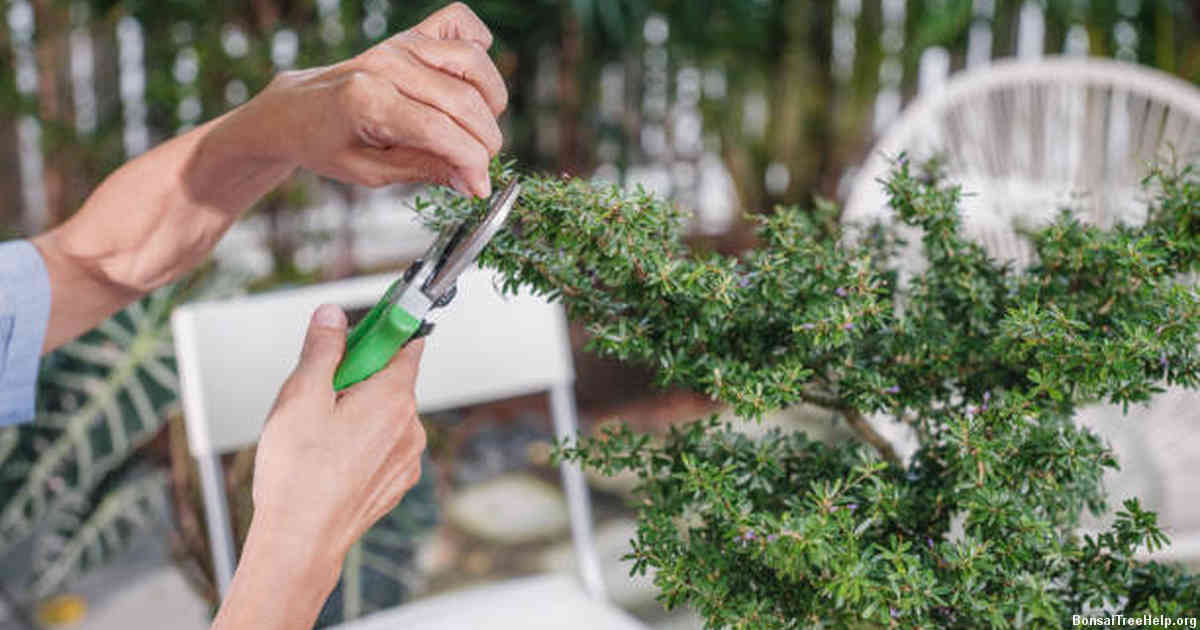
The art of bonsai growing is often thought to be complex and intimidating, but it can also be an incredibly rewarding experience for both the gardener and their tree. It’s not just about producing a miniaturized version of a mature tree – cultivating a bonsai requires nurturing on many levels. The process is perfect for helping to care for your mind, body, and soul.
Taking time out from day-to-day life to focus on something so deliberate can help ease worries and nurture mindfulness. When deciding which type of bonsai would best fit into your home or garden, consider the ultimate effect that you are looking to achieve in terms of size and shape. Attending classes or seeking out experienced growers could offer valuable insight into ways in which to adjust the look as you go along with growth cycles. Picking up how different techniques work will open up new paths in creating your special little specimen and can enable full control over its final destiny.
On top of this, caring for a living thing is particularly soothing and engaging; ensuring that all aspects such as soil pH level, humidity levels, trimming branches among other tasks are taken care of is important if you want to keep it healthy – and even see it blossom (literally.) Beyond practical needs like these there’s the sheer joy in watching something grow under one’s own devoted efforts! Keeping track of change over time offers opportunities for reflection that we tend to take for granted far too easily when dealing with our fast moving lives; tending to one’s bonsai provides that essential pause…
Leave a Reply